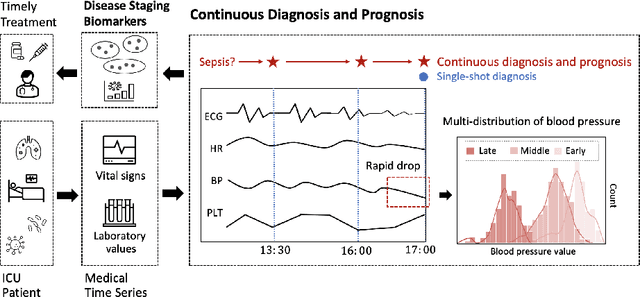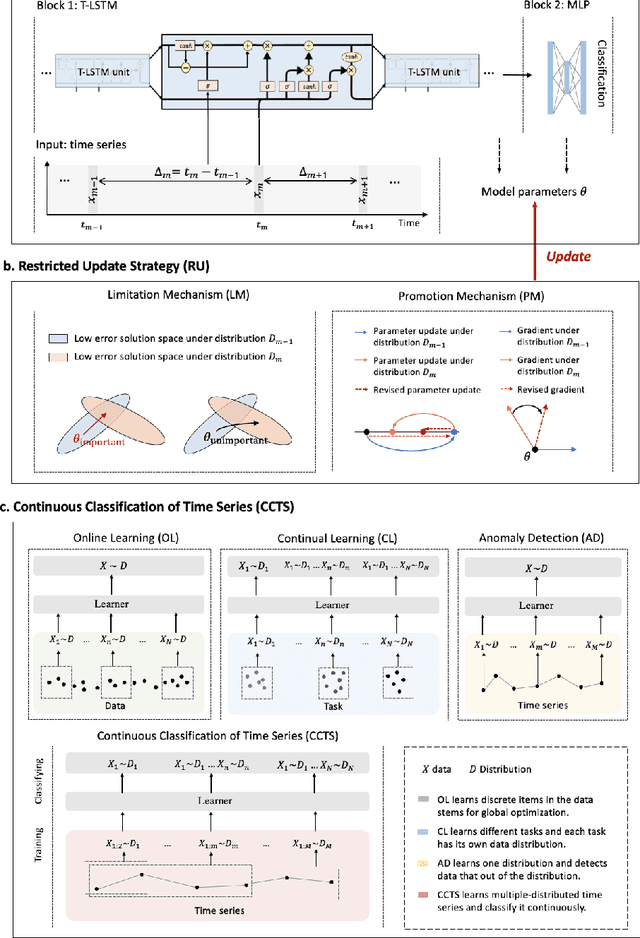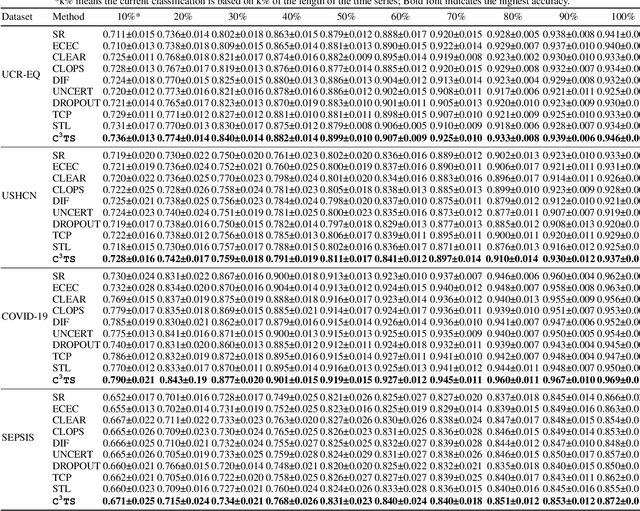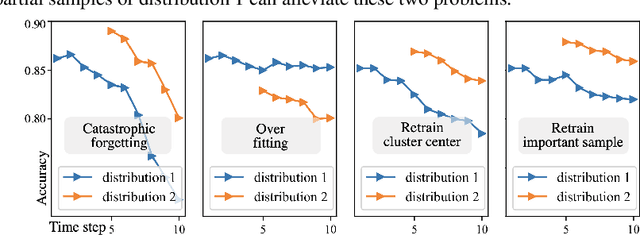Baofeng Zhang
PAI3D: Painting Adaptive Instance-Prior for 3D Object Detection
Nov 15, 2022



Abstract:3D object detection is a critical task in autonomous driving. Recently multi-modal fusion-based 3D object detection methods, which combine the complementary advantages of LiDAR and camera, have shown great performance improvements over mono-modal methods. However, so far, no methods have attempted to utilize the instance-level contextual image semantics to guide the 3D object detection. In this paper, we propose a simple and effective Painting Adaptive Instance-prior for 3D object detection (PAI3D) to fuse instance-level image semantics flexibly with point cloud features. PAI3D is a multi-modal sequential instance-level fusion framework. It first extracts instance-level semantic information from images, the extracted information, including objects categorical label, point-to-object membership and object position, are then used to augment each LiDAR point in the subsequent 3D detection network to guide and improve detection performance. PAI3D outperforms the state-of-the-art with a large margin on the nuScenes dataset, achieving 71.4 in mAP and 74.2 in NDS on the test split. Our comprehensive experiments show that instance-level image semantics contribute the most to the performance gain, and PAI3D works well with any good-quality instance segmentation models and any modern point cloud 3D encoders, making it a strong candidate for deployment on autonomous vehicles.
Continuous Diagnosis and Prognosis by Controlling the Update Process of Deep Neural Networks
Oct 06, 2022



Abstract:Continuous diagnosis and prognosis are essential for intensive care patients. It can provide more opportunities for timely treatment and rational resource allocation, especially for sepsis, a main cause of death in ICU, and COVID-19, a new worldwide epidemic. Although deep learning methods have shown their great superiority in many medical tasks, they tend to catastrophically forget, over fit, and get results too late when performing diagnosis and prognosis in the continuous mode. In this work, we summarized the three requirements of this task, proposed a new concept, continuous classification of time series (CCTS), and designed a novel model training method, restricted update strategy of neural networks (RU). In the context of continuous prognosis, our method outperformed all baselines and achieved the average accuracy of 90%, 97%, and 85% on sepsis prognosis, COVID-19 mortality prediction, and eight diseases classification. Superiorly, our method can also endow deep learning with interpretability, having the potential to explore disease mechanisms and provide a new horizon for medical research. We have achieved disease staging for sepsis and COVID-19, discovering four stages and three stages with their typical biomarkers respectively. Further, our method is a data-agnostic and model-agnostic plug-in, it can be used to continuously prognose other diseases with staging and even implement CCTS in other fields.
Confidence-Guided Learning Process for Continuous Classification of Time Series
Aug 14, 2022



Abstract:In the real world, the class of a time series is usually labeled at the final time, but many applications require to classify time series at every time point. e.g. the outcome of a critical patient is only determined at the end, but he should be diagnosed at all times for timely treatment. Thus, we propose a new concept: Continuous Classification of Time Series (CCTS). It requires the model to learn data in different time stages. But the time series evolves dynamically, leading to different data distributions. When a model learns multi-distribution, it always forgets or overfits. We suggest that meaningful learning scheduling is potential due to an interesting observation: Measured by confidence, the process of model learning multiple distributions is similar to the process of human learning multiple knowledge. Thus, we propose a novel Confidence-guided method for CCTS (C3TS). It can imitate the alternating human confidence described by the Dunning-Kruger Effect. We define the objective- confidence to arrange data, and the self-confidence to control the learning duration. Experiments on four real-world datasets show that C3TS is more accurate than all baselines for CCTS.
 Add to Chrome
Add to Chrome Add to Firefox
Add to Firefox Add to Edge
Add to Edge